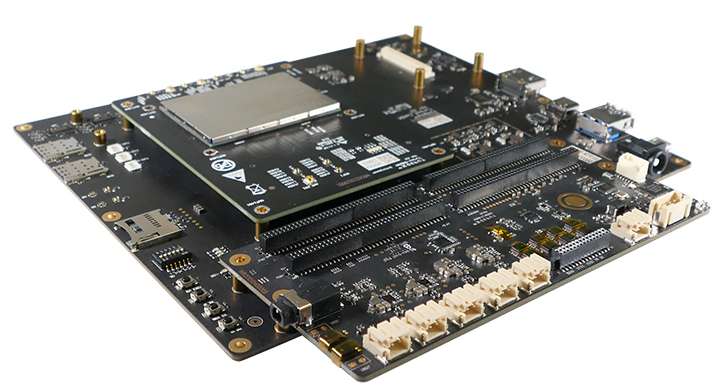
IOT Modules
IoT (Internet of Things) modules are essential building blocks that enable devices to connect, communicate, and exchange data over the internet. These modules integrate hardware and software components to facilitate communication between physical devices and cloud-based systems, driving the digital transformation across industries such as manufacturing, agriculture, healthcare, and transportation.
At the core of an IoT module is its connectivity feature, which can be wireless (Wi-Fi, Bluetooth, LoRa, Zigbee, or cellular) or wired (Ethernet). This connectivity allows devices to transmit data to a central system or other devices, enabling real-time monitoring, automation, and analytics. The choice of connectivity protocol depends on the application; for example, cellular connectivity is ideal for remote, wide-area deployments, while Wi-Fi and Bluetooth are better suited for local networks.
IoT modules also come with various sensors and actuators, which allow devices to sense environmental changes (like temperature, humidity, or pressure) and perform actions based on those changes. This is particularly useful in industries like agriculture, where sensors can monitor soil conditions and trigger irrigation systems automatically.
One of the primary advantages of IoT modules is their small form factor and energy efficiency. Many IoT devices are battery-powered and need to operate in remote locations, so energy conservation is a critical factor. Low-power IoT modules enable long-term, reliable operations without the need for frequent maintenance or battery replacement.
In conclusion, IoT modules are key enablers of the connected world, allowing physical devices to collect and transmit data seamlessly. Their adaptability, energy efficiency, and versatile connectivity options make them indispensable in modern industries, driving automation, efficiency, and data-driven decision-making.
